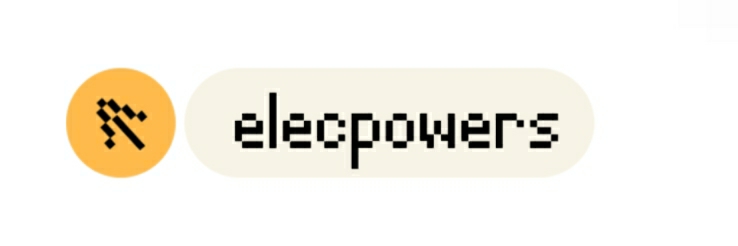Mastering Wine Cooler Manufacturing: Tips and Tricks
Wine coolers have become increasingly popular as more people appreciate the nuances of serving wine at the ideal temperature. Whether you're a manufacturer looking to refine your production process or an enthusiast intrigued by the complexities of wine cooler manufacturing, understanding the statistics around this field can provide valuable insights. Here, we explore key data points and expert tips to help you master the art of wine cooler manufacturing.
Global Market Overview
According to Grand View Research, the global wine cooler market was valued at approximately $2.3 billion in 2021, with an expected compound annual growth rate (CAGR) of 4.7% from 2022 to 2030. This growth can be attributed to rising wine consumption and increased interest in home wine storage solutions. As demand grows, manufacturers are challenged to innovate and improve the efficiency of their production.
Understanding Customer Preferences
Data collected by Statista reveals that in 2020, approximately 54% of surveyed wine drinkers in the U.S. preferred wine served between 45°F and 65°F (7°C to 18°C). This temperature range directly impacts the design and functionality of wine coolers. As a manufacturer, understanding these preferences can guide you in producing models that meet consumer needs.
Energy Efficiency Matters
With rising energy costs and environmental concerns, energy efficiency is more critical than ever. The U.S. Department of Energy reports that energy-efficient wine coolers can reduce energy consumption by up to 30% compared to traditional models. Incorporating energy-efficient technologies not only aligns with consumer preferences but can also fulfill regulatory requirements.
Key Manufacturing Techniques
Manufacturing a quality wine cooler involves a variety of techniques to ensure temperature stability, energy efficiency, and aesthetic appeal. Here are some essential tips:
Material Selection
The choice of materials for insulation and cabinetry significantly affects performance. High-density polyurethane foam is commonly used for insulation, as it provides excellent thermal retention. Additionally, tempered glass doors are preferred for their durability and UV protection, which helps preserve wine quality.
Temperature Control Technology
Advanced temperature control mechanisms are vital for precise climate management inside wine coolers. A survey by the American Society of Heating, Refrigerating, and Air-Conditioning Engineers (ASHRAE) indicates that digitally controlled thermoelectric systems are gaining popularity due to their ability to maintain stable temperatures while being low on noise. Manufacturers should consider integrating such technology to enhance product quality.
Suggested reading:2024 Trends in WINE COOLER Manufacturing
Market Trends
As the global wine cooler market evolves, several trends are shaping consumer preferences:
Smart Technology Integration
With the rise of smart homes, there is a growing demand for wine coolers that can be controlled via smartphones or smart home systems. Recent studies by Markets and Markets suggest that the smart appliance market is expected to reach $64.6 billion by 2027, highlighting an opportunity for manufacturers to diversify their product offerings.
Customization
Consumers are increasingly seeking personalized experiences. According to a report by McKinsey & Company, 70% of consumers express a preference for personalized products. Offering customizable designs in wine coolers can set you apart in a competitive market.
Challenges in Manufacturing
Like any manufacturing sector, wine cooler production comes with its challenges. Supply chain disruptions, particularly due to global events like the COVID-19 pandemic, have affected materials availability. A report from Deloitte indicates that 61% of manufacturers have faced significant supply chain challenges in recent years. It is essential to develop resilient strategies to mitigate these risks.
Conclusion
Mastering wine cooler manufacturing involves staying attuned to market trends, consumer preferences, and technological advancements. By focusing on energy efficiency, smart technology integration, and customization, you can position your products for success in a growing market. Utilize the statistical insights provided to inform your manufacturing strategy, ensuring that you meet and exceed consumer expectations.
If you want to learn more, please visit our website WINE COOLER manufacturing, BUILT-IN REFRIGERATOR China, BUILT-IN WINE COOLER suppliers.

